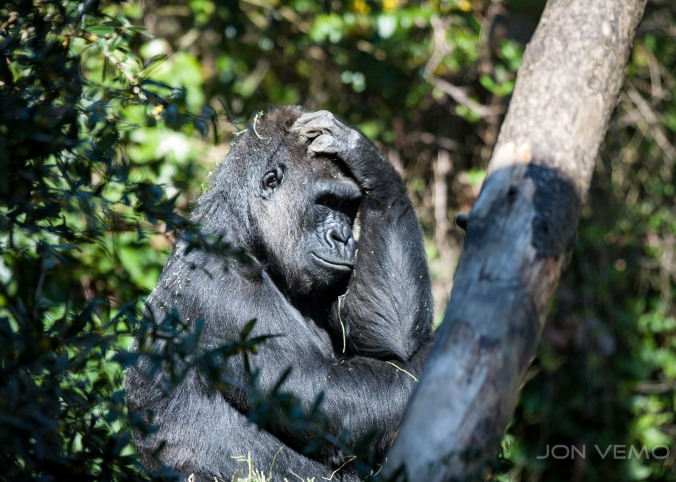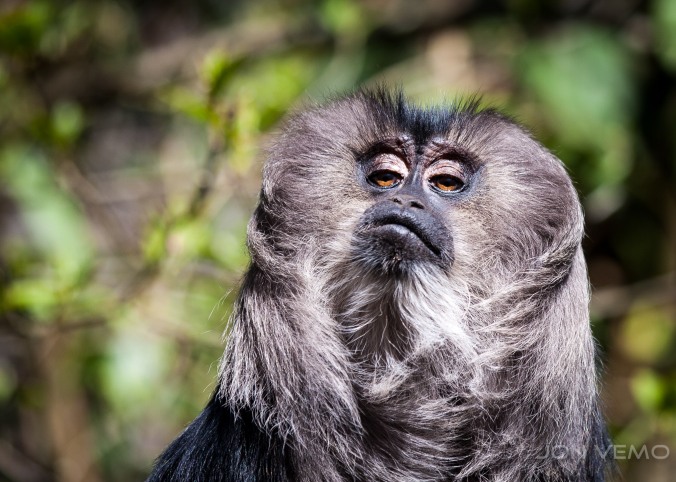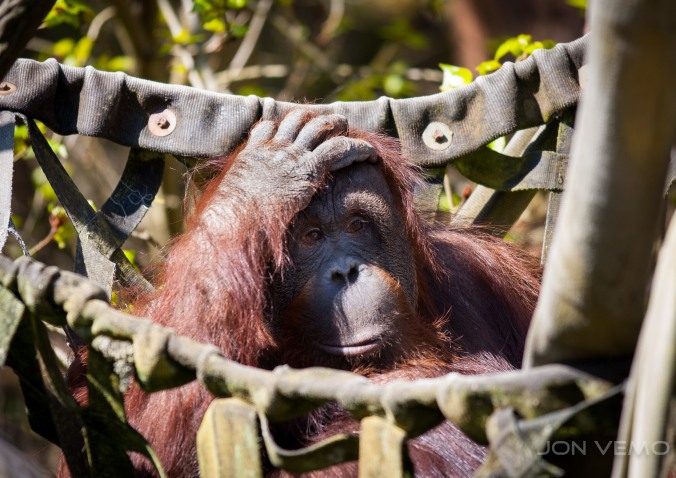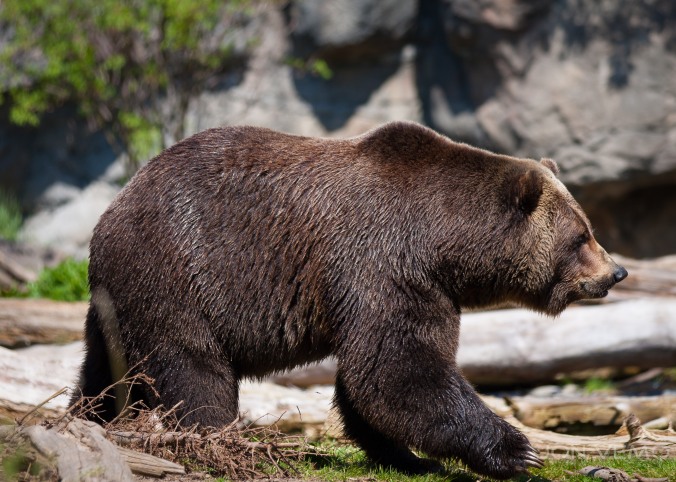By Jon Vemo
I’ve always thought that to be able to capture great photographs of animals, it had to be in the wild, which generally meant traveling to some place far away. Well, I’ve learned that that is not necessarily the case, and often your local zoo or wildlife preserve can provide just such an opportunity.
On a trip back to my home town of Seattle, I decided to spend one afternoon at Seattle’s Woodland Park Zoo. Though I had lived in Seattle for 35 years before moving to Arizona, I do not remember visiting the zoo since I was a kid. I recall hearing many great accolades over the years about how Woodland Park had become a world class zoo, however I was not expecting to see surroundings that were as native to the inhabitants, as was possible in Seattle (Giraffe’s are not native to the Pacific Northwest, if you weren’t aware, however the habitat created was close as could be).
Wow was I surprised and impressed with what I saw, truly a world class zoo. However what I think impressed me the most, was the variety of animals and the habitat created for them. Yes there are barriers, fences, glass partitions, and other means to provide separation and protection for the animals (yes, zoo visitors can be quite raucous…), but I was truly surprised in the way in which this separation was camouflaged so as to reduce the sensation of “I’m at the zoo.”
Photographing at the zoo can be challenging; crowds, fences, glass partitions, etc. but that does not mean all your photographs have to look like they were captured at the zoo. To help you capture photographs that do not look like ‘zoo pictures’, I offer the following suggestions on how to capture photographs that do not look like they were taken at the local zoo.
Use a long lens and wide aperture.
Using a long lens allows you to better control depth of field, as well as reach into your subject (and exclude undisrable elements). Using a long lens, held close to a fence or glass barrier, with a wide aperture, will greatly blur, if not remove, the traces of a barrier…
Woodland Park Zoo, Seattle, WA
Patience.
When photographing animals, I want either a completely natural image, or one that is truly unique and interesting. To capture either of these, patience and a steady hand are required. Having familiarity with your target subject and its natural actions…

Woodland Park Zoo, Seattle, WA
Composition.
Frame your image with the subjects natural tendencies in mind (OK, so maybe this isn’t completely natural, but I couldn’t resist)…

Woodland Park Zoo, Seattle, WA
Bold.
Create a natural image, one that compliments that animals surroundings, such that it truly appears to be in the wild. Doing so will draw on the above suggestions; composition, patience and a long lens to capture those desired elements…

Woodland Park Zoo, Seattle, WA
While capturing images in the wild, whether being in Alaska or while on an African safari (which remain on my bucket list), I know that I can create great wildlife images, applying the above techniques, a little closer to home.
Jon Vemo is a Volunteer with Arizona Highways PhotoScapes
